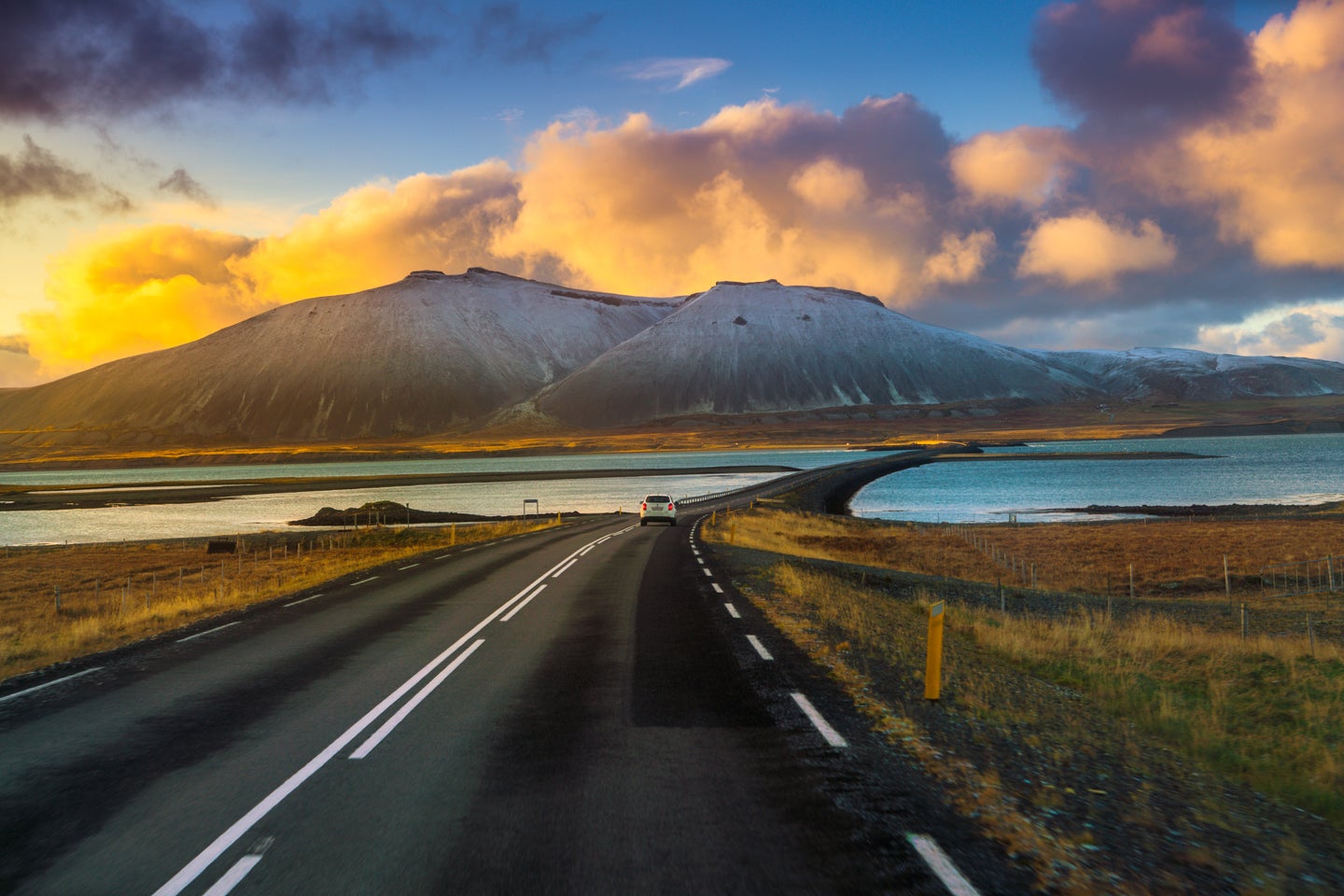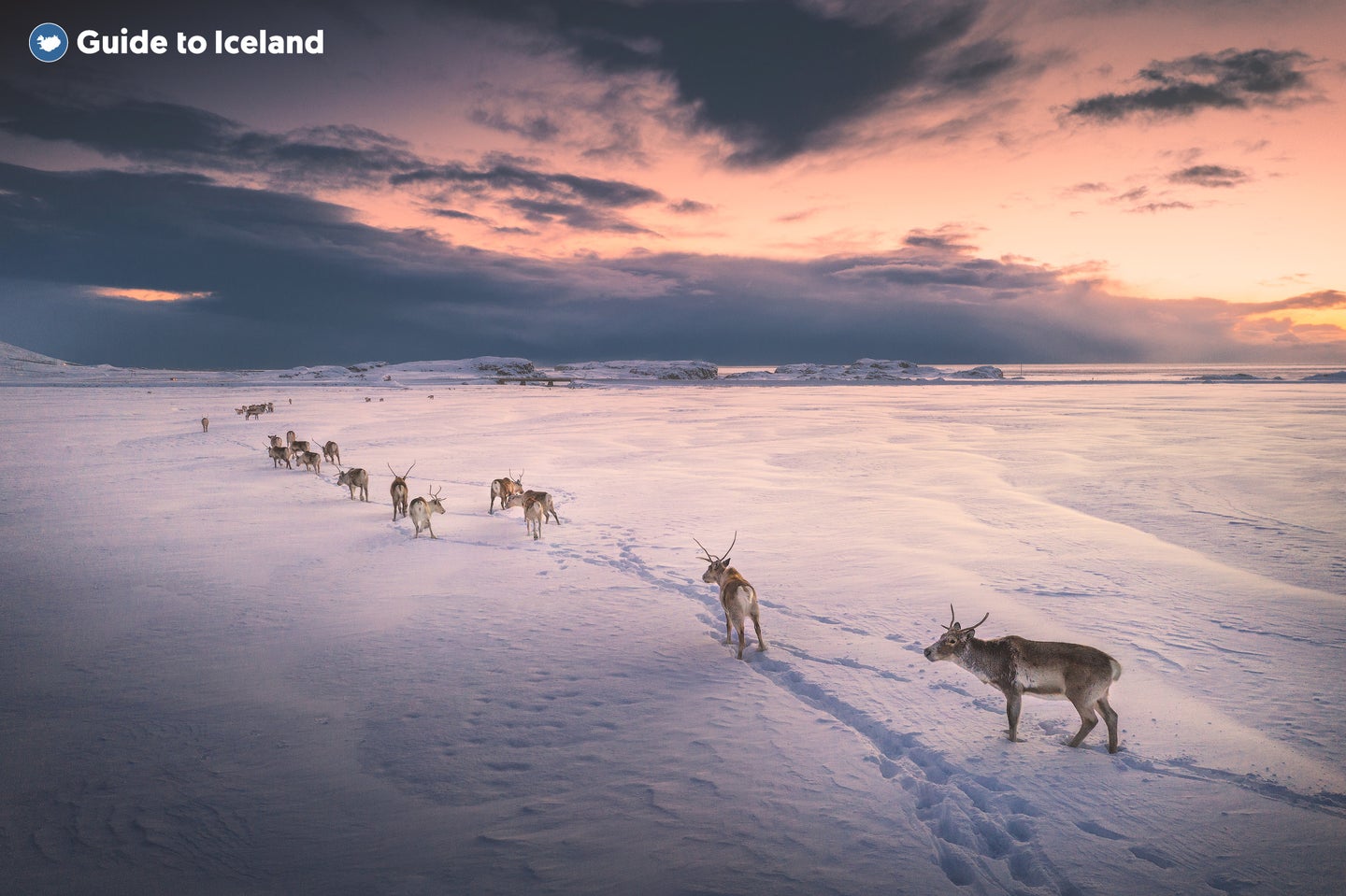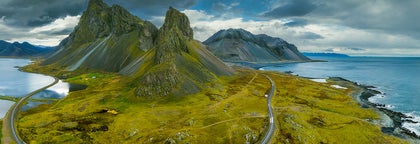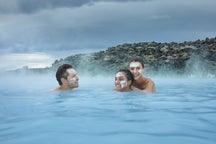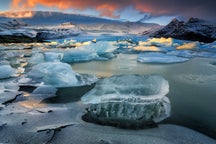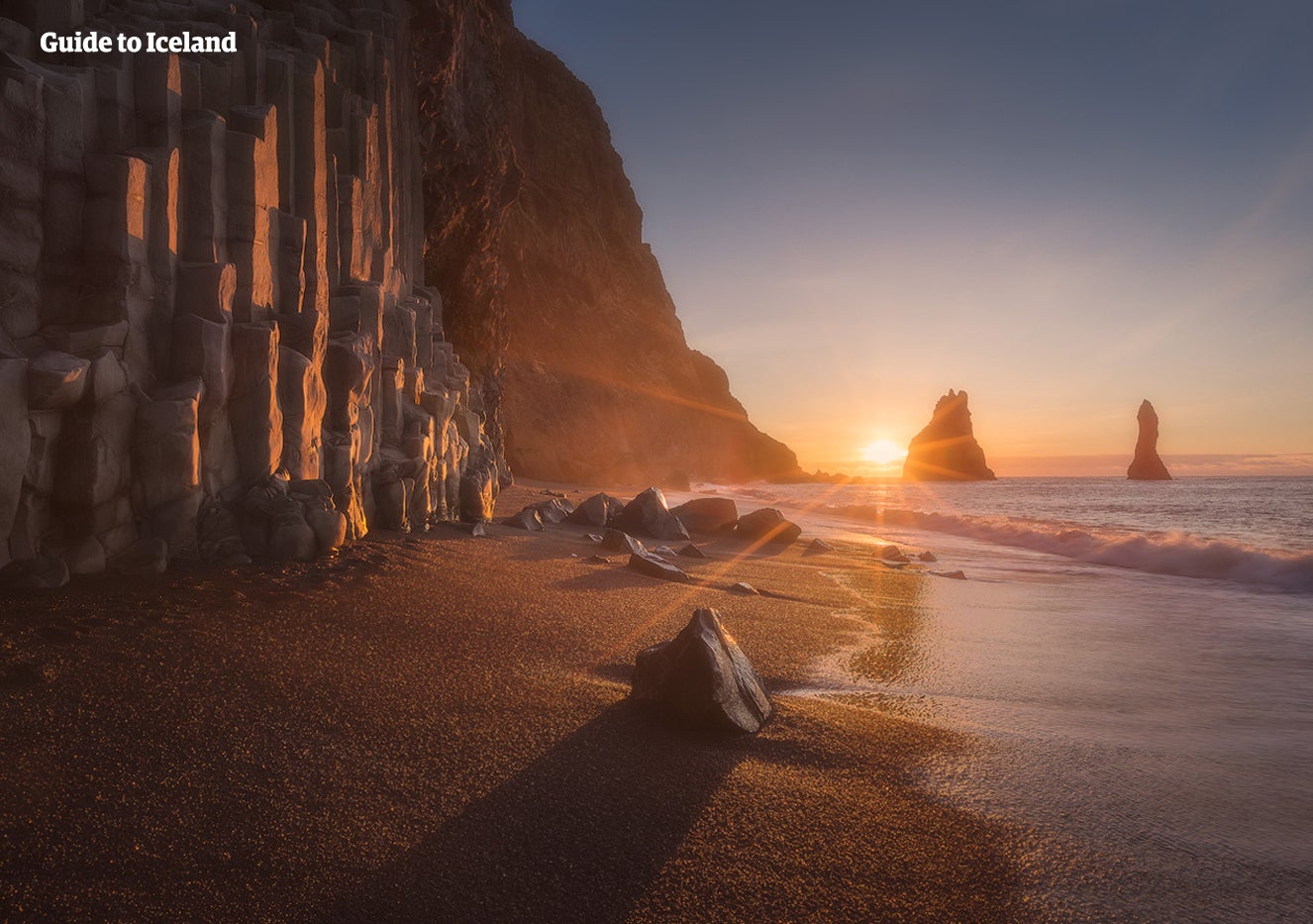黄金圈旅行团
使用筛选功能优化搜索结果
探索非常丰富的旅游项目和套餐
真实客户评论
阅读来自世界各地客户的第一手评价
冰岛黄金圈旅行须知
黄金圈是冰岛最著名的观光路线之一。它包括冰岛三大最美的自然景点:辛格维利尔国家公园、盖歇尔地热区和雄伟的黄金瀑布。
这些标志性景点使得黄金圈成为冰岛游客必游的路线,通常是从雷克雅未克出发的一日游,需要大约7到8小时,但许多旅游团会在途中增加额外的停留。
雷克雅未克出发的黄金圈一日游
游客常常选择从雷克雅未克出发的巴士旅行团,在一天内游览黄金圈。这是一种经济实惠的方式,您可以与经验丰富的导游一起旅行,了解每个景点的历史和它们对冰岛文化的重要性。如果您计划在冰岛租车,也可以选择独立探索黄金圈。
- 雷克雅未克出发的黄金圈之旅:这是经典的黄金圈之旅,您将乘坐舒适的小巴,从雷克雅未克出发,游览三个主要景点。
- 8小时黄金圈与Kerid火山口之旅:这条高评价的旅游线路包括黄金圈的主要景点,还额外增加了停留在古老的Kerid火山口。
- 黄金圈小巴之旅 | 包括蓝色秘境瀑布与Kerid火山口:这个小团体黄金圈之旅在常规景点外,还停留在Kerid火山口和以美丽蓝色著称的蓝色秘境瀑布。
黄金圈与特色活动之旅
黄金圈有多种不同的旅游线路可供选择,许多线路还提供沿途的独特体验。您可以轻松找到适合自己兴趣的线路,以下是一些最受欢迎的选择。
- 黄金圈与蓝湖温泉之旅:这条受欢迎的线路将带您进行观光冒险,最后以放松的蓝湖温泉之旅作为结束。
- 黄金圈与丝浮拉潜水 | 含免费水下照片:体验黄金圈的主要景点,并在著名的清澈水域中进行潜水,游览位于两块构造板块之间的丝浮拉。
- 8小时黄金圈之旅与Fridheimar温室:在这条旅游路线中,您将停留在Fridheimar番茄与马场农场,参观由地热能加热的温室,并看到冰岛马。
黄金圈多日游与度假套餐
对于那些希望在参观黄金圈的同时,体验其他标志性冰岛景点的游客,多日度假套餐是一种便捷的方式,可以最大化您的冒险体验。您可以选择自驾游或选择带导游的套餐,由导游负责交通。这些套餐提供了一种轻松的方式,帮助您以定制行程探索冰岛。
- 5天冬季北极光度假套餐:这款受欢迎的套餐有着很高的评价,将带您游览黄金圈、南岸以及蓝湖温泉,还包括一次冰洞探险。
- 3天北极光与冰洞之旅:参加这条评分很高的线路,您将欣赏到黄金圈和杰古沙龙冰河湖的璀璨冰山,还将参观欧洲最大冰川中的水晶蓝冰洞。
- 8天北极光环岛冬季游:这条最受欢迎的多日旅游线路,您将轻松环游冰岛,由导游负责驾驶,所有的旅游活动、体验和住宿都将为您安排好。
黄金圈自驾游
如果您更喜欢以自己的节奏进行探索,自驾游是体验黄金圈的常见方式,您可以在游览南岸的同时或环绕冰岛全岛的环岛公路进行旅行。以下是最受欢迎的黄金圈自驾游套餐:
- 5天冬季北极光自驾游:这条评分很高的自驾游线路包含了黄金圈、南岸以及美丽的杰古沙龙冰河湖。
- 7天北极光自驾游:花更多时间参观南岸,并安排一天在斯奈山半岛,欣赏其多样的火山景观。
- 一周夏季环岛自驾游:驾车环游冰岛的环岛公路,将北冰岛和东峡湾的主要景点纳入行程。
- 10天环岛自驾游:这条受欢迎的自驾游线路包括了环岛公路,还留出了时间参观斯奈山半岛。
- 2周自驾游 | 环岛与西峡湾:这条史诗般的14天旅行让您不会错过冰岛的任何一部分。它包括了整个环岛公路、斯奈山半岛以及西峡湾的壮丽自然景观。
这些自驾游套餐都包括了黄金圈,并为您提供冰岛著名地标和沿途隐藏景点的结合,带您全面探索这个美丽的国家。
黄金圈地区的特色体验
黄金圈是自驾旅行者的热门目的地,适合那些想要以自己节奏探索的游客。为了让旅程更加激动人心,黄金圈地区提供了多种定制体验活动,您可以将其加入到自驾之旅中:
- 在辛格维利尔断层间潜水:在清澈的冰川水中游泳,穿越两块构造板块。此行程包括小吃和免费的水下照片。
- 在朗格冰川上驾驶雪地摩托:在导游的带领下,体验穿越冰岛第二大冰川的刺激雪地摩托之旅。该行程时长4小时,从黄金瀑布出发。
- 在大自然中骑马:在惠拉盖尔济镇外的风景如画的乡村中骑行,骑上迷人的冰岛马,冰岛马因其独特的tölt步态、小巧的体型和友好的性格而著名。
- 参观秘密温泉:在冰岛最古老的地热池——秘密温泉中放松,池水由自然温泉加热。
- 在Fontana温泉放松:在这座宁静的地热温泉中放松,欣赏Laugarvatn湖的美景。
- 享受冰岛黑麦面包的地下烘烤:从Fontana温泉出发,了解传统的冰岛黑麦面包如何在地下利用温泉的自然热量进行烘烤,并且可以品尝!
这些活动为您的黄金圈之旅提供了绝佳的定制选择。如果您希望花更多时间探索该地区,黄金圈内有许多住宿选择,帮助您优化旅行时间。
黄金圈的隐藏宝藏
虽然黄金圈的三个主要景点是必看的,但沿途还有许多隐藏的宝藏,提供更宁静的体验。这些偏离主流的景点将带您进行独特的冒险。
- Thjorsardalur山谷 - 这是一个宁静的山谷,拥有美丽的景色、隐藏的瀑布和一个远离游客喧嚣的安静避世之地。
- Fridheimar番茄与马场农场 - 参观冰岛马,并拜访使用地热能的冰岛番茄温室。这里还有一家受欢迎的餐厅,专门提供以番茄为基础的食物和饮品。
- Skalholt历史遗址 - 这个重要的遗址曾是冰岛的宗教和政治中心,拥有一座大教堂和一个考古遗址。
- Bruarfoss瀑布 - 这个隐藏的景点有时被称为“冰岛最蓝的瀑布”。它是一座小巧但美丽的瀑布,距离黄金圈非常近,却常常被游客忽略。
- Solheimar生态村 - 这是一个独特的可持续生态村,您可以在这里了解冰岛对生态生活的承诺。参观村庄、设施、购买手工纪念品、享受咖啡馆和温室。
- Helgufoss和Thorufoss瀑布 - 这两座隐藏的瀑布人流较少,靠近黄金圈,提供美丽的景色,是一个宁静的停留地。
- 朗格冰川 - 从黄金瀑布稍作绕行,您可以看到朗格冰川。这里是一个热门的雪地摩托旅游景点。
- 秘密温泉 - 这是位于Fludir的一个隐藏宝藏,天然加热的地热池提供了一个更少游客打扰的放松浴场。
- Kerid火山口 - 一个火山口湖,拥有鲜明的红黑色坡面,Kerid是一个风景如画的景点,虽然常被忽略,但有时会被包括在黄金圈的旅游行程中。
- Fontana地热浴池 - 这个温泉提供美丽的地热浴池,您可以俯瞰Laugarvatn湖。长时间的观光后,在这里放松身心非常适合。
从标志性景点到隐藏的宝藏,黄金圈为每位旅行者提供了丰富的体验。这是冰岛所有游客都不容错过的区域,无论您选择参加导览团还是自驾游,都能发现最适合自己冒险的路线。
常见问题
冰岛黄金圈的最佳旅行团是什么?
黄金圈的介绍是?
黄金圈之旅需要多长时间?
我可以独自游览冰岛黄金圈吗?
黄金圈之旅应该穿什么衣服?
黄金圈之旅包含餐饮吗?
我可以预订私人黄金圈旅行团吗?
我可以住在黄金圈内的酒店吗?
冰岛黄金圈值得一游吗?
黄金圈旅行团提供接送吗?在哪里接团?
秘密温泉是黄金圈的一部分吗?
黄金圈之旅需要走很多路吗?
黄金圈适合残疾人游览吗?
预定后可以免费取消吗?能否得到全额退款?
辛格维利尔国家公园有什么好玩的?
什么是间歇泉?盖歇尔间歇泉地热区有什么好玩的?
黄金瀑布好玩吗?黄金瀑布就是居德瀑布吗?
凯瑞斯火山口(Kerið)的介绍是?

将冰岛最大的旅行平台下载到您的手机中,一站式管理您的整个行程
使用手机摄像头扫描此二维码,然后点击显示的链接,将冰岛最大的旅行平台添加到您的手机中。输入您的电话号码或电子邮件地址,以接收包含下载链接的短信或电子邮件。




























